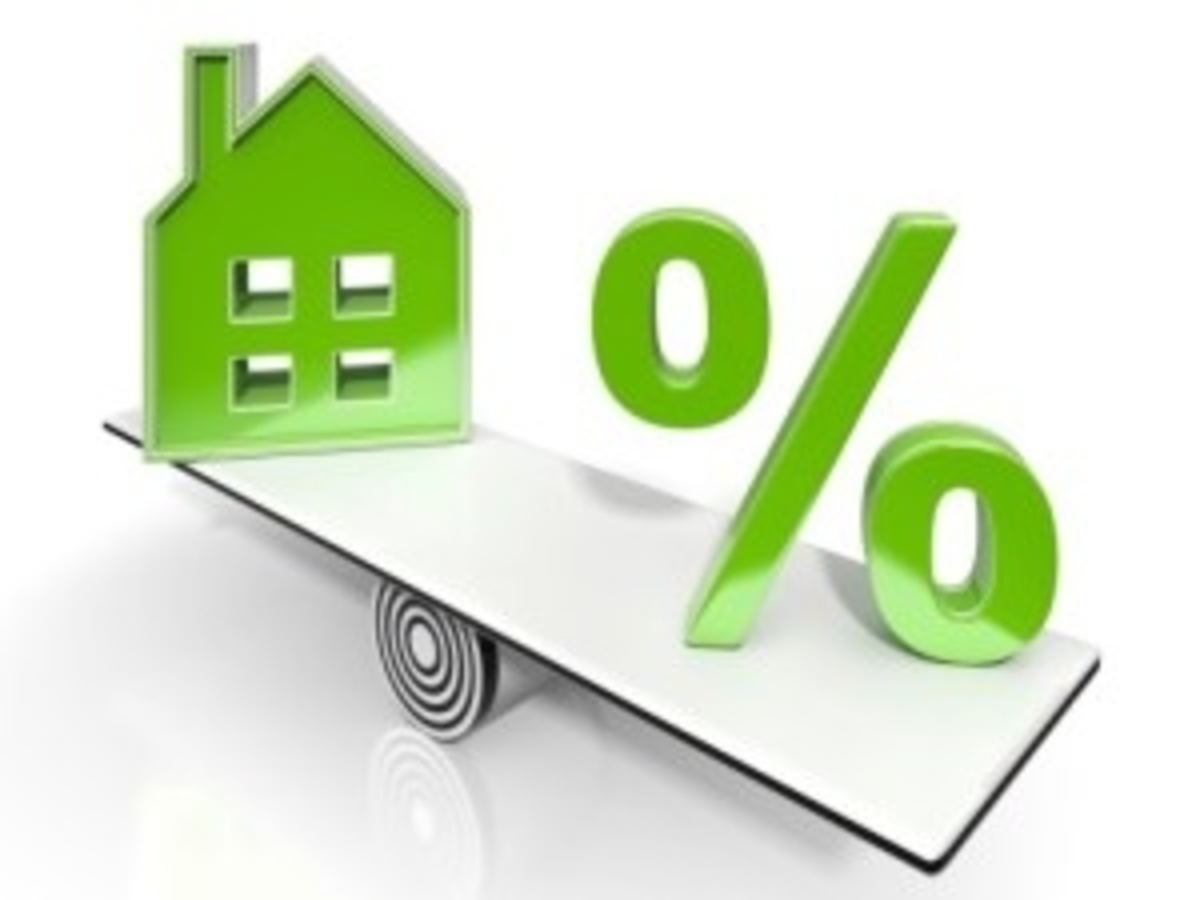Fed Holds Interest Rates Steady; What Does This Mean for Housing?

The Federal Reserve ended its two-day meeting of its policymaking committee by announcing it would hold short-term interest rates steady and signaling that it will carefully evaluate future economic conditions before considering another rate hike.
NAHB Chief Economist Robert Dietz provides the following analysis of the Fed’s decision and how it could affect the housing market in an Eye on Housing post:
“As expected, the Federal Reserve’s monetary policy body, the Federal Open Market Committee, unanimously held steady the federal funds top rate at 2.5%. The Fed’s January statement was consistent with recent policymakers comments suggesting a more flexible stance toward monetary policy at the end of last year and the start of 2019.
“In particular, the statement indicated that the Fed will ‘be patient as it determines what future adjustments to the target range for the federal funds rate may be appropriate to support these outcomes.’ This is a decidely more dovish stance for the Fed relative to commentary from the Fall of 2018, reflecting anchored inflation expectations and economic softness in some sectors, including housing, as illustrated by today’s December pending home sales data from the National Association of Realtors.
“Moreover, the Fed, in an accompanying statement, noted that it could modify its ongoing balance sheet reduction, which reduces its net holding of Treasury bonds and mortgage-backed securities, leading to higher rates (quantitative tightening), if economic conditions warrant such a change. This revision notes that the Fed would ‘be prepared to use its full range of tools, including altering the size and composition of its balance sheet, if future economic conditions were to warrant a more accommodative monetary policy than can be achieved solely by reducing the federal funds rate.’
“In combination, these changes to the Fed’s monetary policy stance are more favorable for housing market conditions in 2019, which are currently challenged by growing concerns over housing affordability and sluggish growth for home building.
